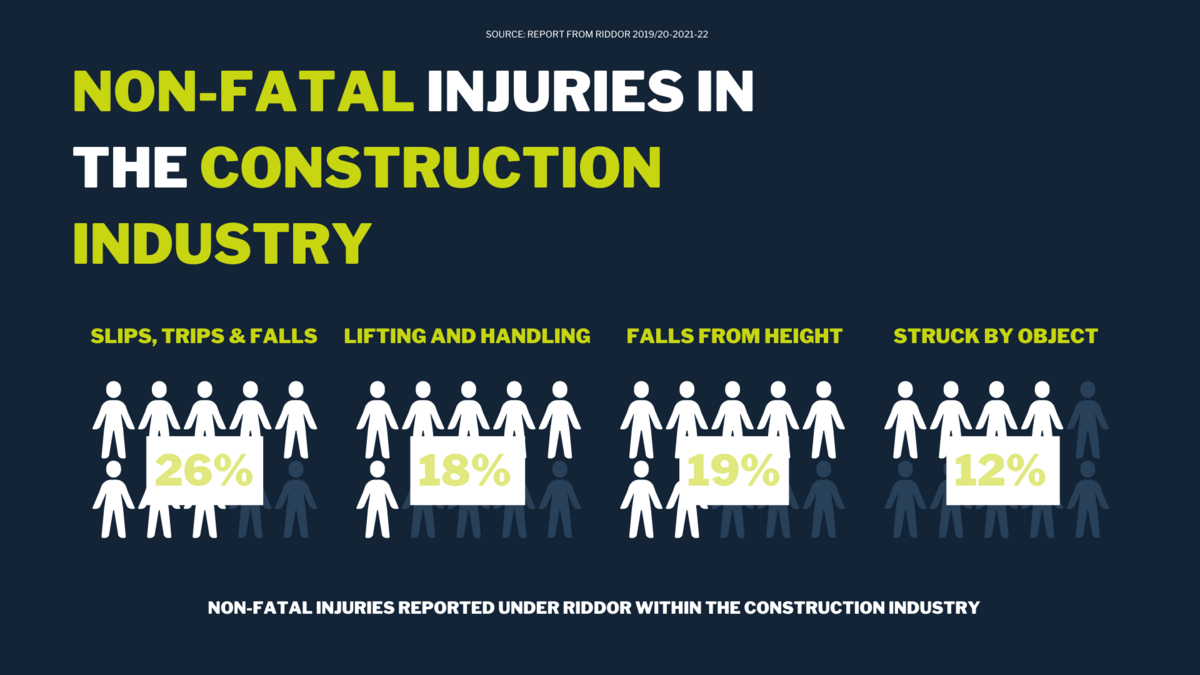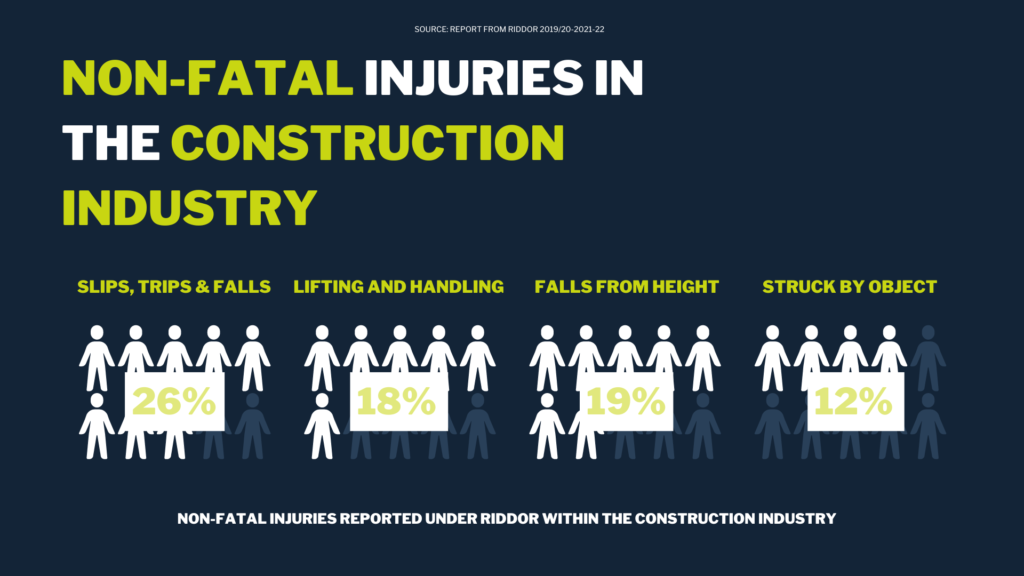
Construction is, needless to say, a fundamental and interstitial aspect of building and maintaining our country’s infrastructure. Putting aside the obvious points supporting this fact, construction has recently been especially instrumental in expanding the UK’s neighbourhoods, with high housing demand finally met by increases in house building.
However, the presence of construction projects and sites in existing locations is not always welcomed. A friction can come to exist between residential or otherwise local communities and a given site, particularly if the site is seen to be directly disruptive in one form or another. How can a contractor manage this delicate relationship effectively?
Residential and Community Concerns
First, it is key to understand which core issues communities and residents tend to bring to the table when butting up against a given project. Common grievances include noise pollution and out-of-hours disruption, as well as physical disruption caused by narrowed or closed roads and the negative aesthetic impacts caused by improperly-stored or disposed-of waste.
The latter grievance expands into a wider issue of its own, relating to the environmental impact of building works on local ecosystems and habitats – particularly where non-recyclable and non-biodegradable construction waste is in high supply.
Communication
Communication is the single most important part of the equation when it comes to meeting community concerns equitably. Many solutions to grievances are, as we will find, already baked into UK law; as such, the conversation is more about listening and moderating expectations than anything else. This can be a two-way street though, where conversations about noise disruption and road interruptions can bear fruit.
Mitigating Disruption
Road closures may be necessary to enable the delivery of building materials and equipment, but advance notice of these closures can often be enough to minimise disruption. Setting delivery times for before the morning rush hour can also be helpful. For noise pollution, council bylaws set noise limits and curfews – but if you are being conscientious, you might limit power tool usage to between a set period of hours.
Enhancing Safety
Safety should be a paramount concern for any construction business or active working environment, regardless its proximity to local communities or presence in riskier outdoor environments. The workers on the ground for a given construction project are exposed to innumerable hazards on a day-to-day basis, all of which should already be met with comprehensive health and safety planning, processes and protection measures. Without these, the risk of personal injury claims by injured workers against the firm increases exponentially.
This is before we consider the indelible impact that an active construction site could have on safety for the local community, with or without existing protections in place. There are regulatory requirements that describe a firm’s duty of care to passers-by, and that provide solutions for reducing risk; one such requirement is the creation of barriers to prevent unauthorised entry, create distance between walking paths and workers at height, and ensure pedestrian safety with regard to entering and exiting vehicles or machinery.
In Conclusion
Managing relationships between a construction crew and the local community around them is not the easiest of tasks. However, it is one that can be met handily by a solid approach, a serious plan of action and a commitment to do right by the people whose community you have entered – safety absolutely included. With a genial tone and an inclination to compromise, your projects should go safely and smoothly.

